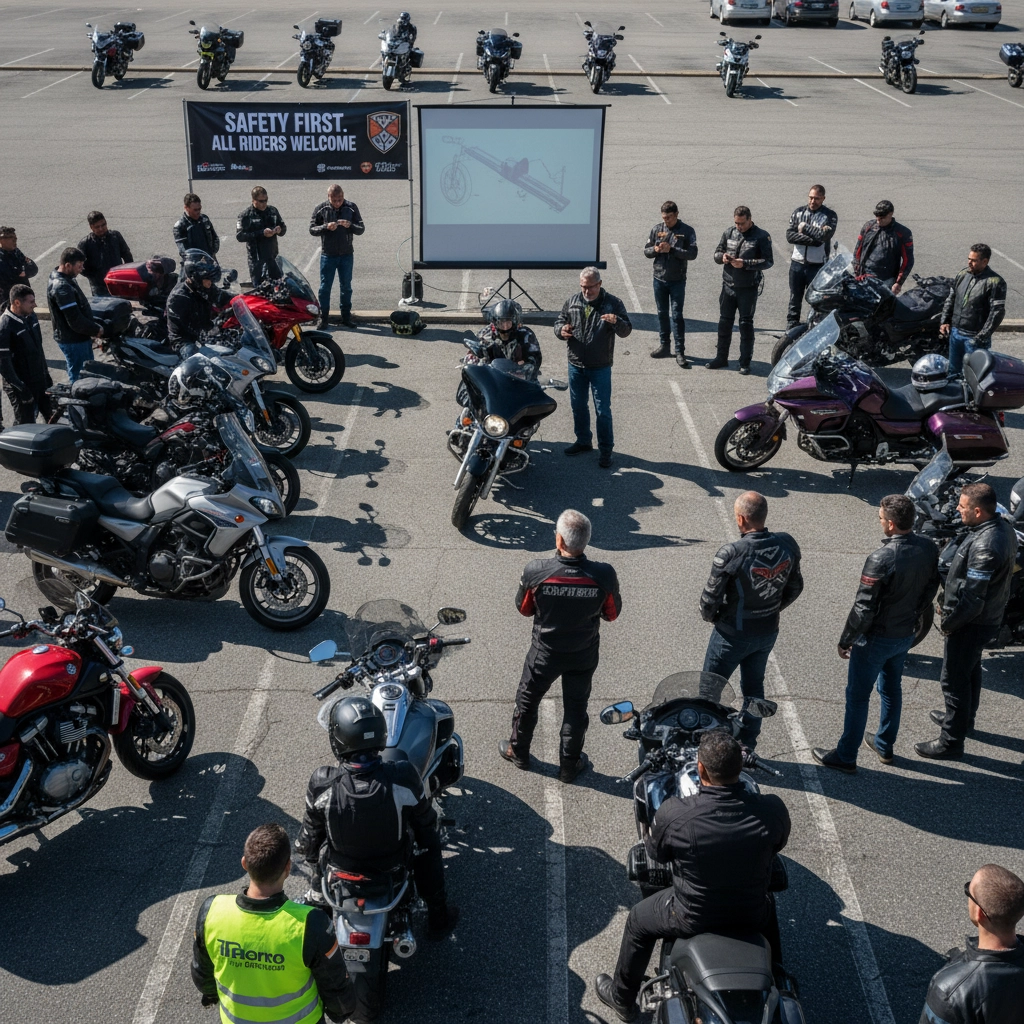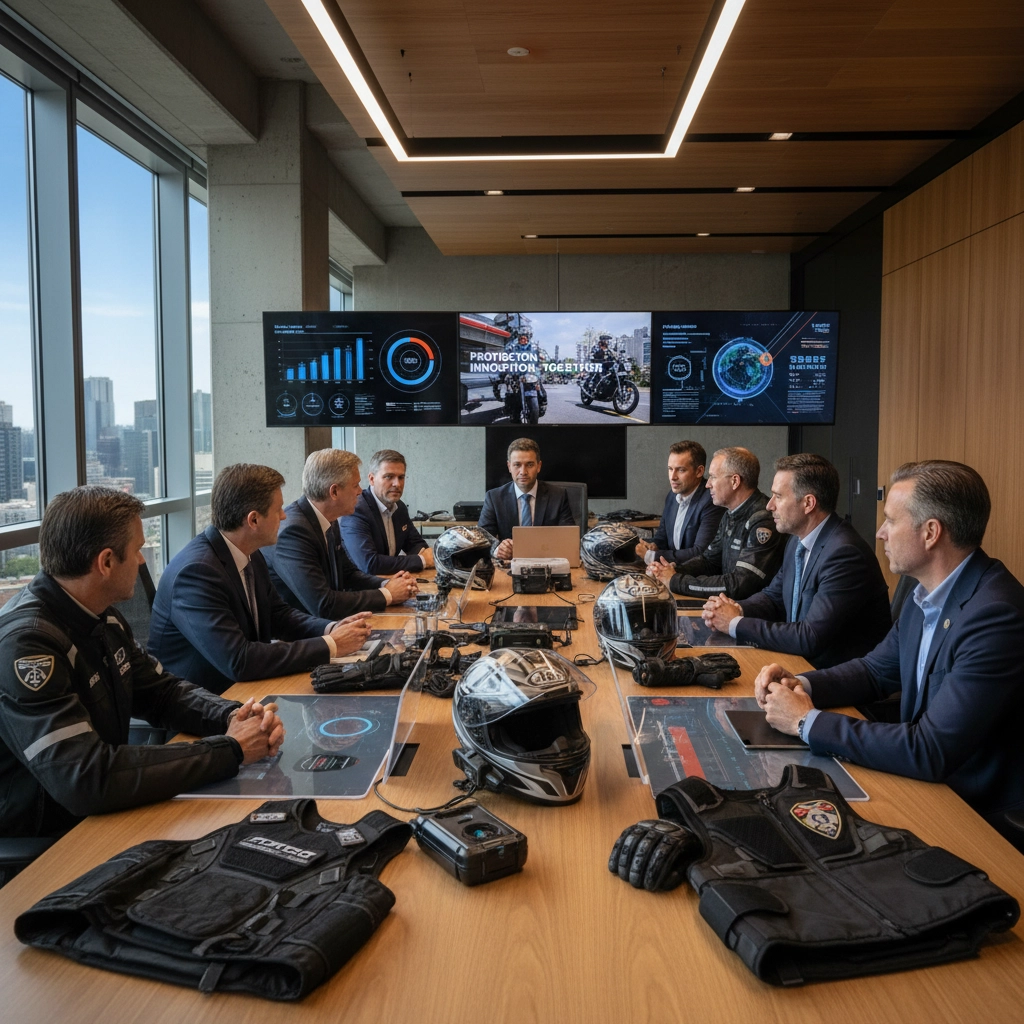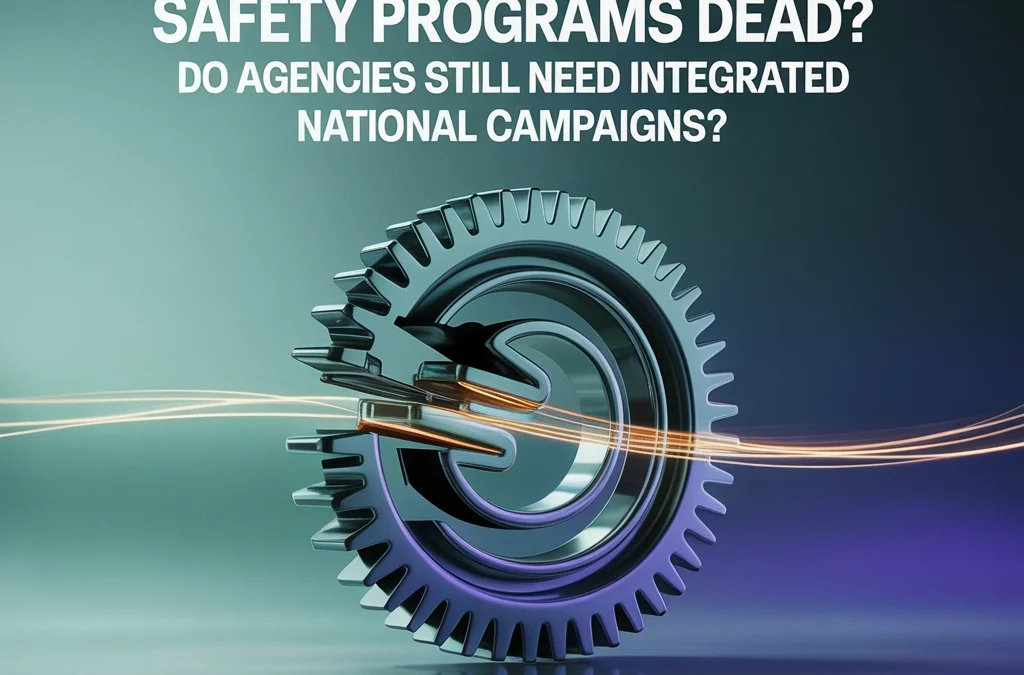Quick Answer: Stand-alone safety programs aren't dead, but they're evolving rapidly. Modern motorcycle safety requires integrated national campaigns that combine federal oversight, state-level implementation, and industry collaboration. Success comes from coordinated efforts that address rider behavior, infrastructure improvements, and targeted messaging rather than isolated initiatives.
The motorcycle safety landscape is shifting faster than a Harley on an open highway. State agencies, federal departments, and industry stakeholders are questioning whether traditional standalone safety programs can still deliver results, or if the future belongs to comprehensive, integrated national campaigns.
If you've been managing motorcycle safety initiatives, you've probably felt this tension firsthand. Budget constraints push toward focused, single-issue programs, while mounting fatality statistics suggest broader approaches might be necessary.
The Evolution Beyond Traditional Safety Programs
Motorcycle safety programs are undergoing their biggest transformation since the first helmet laws. Gone are the days when agencies could launch a single campaign about helmet use and call it comprehensive safety outreach.
Today's safety professionals face challenges that demand coordinated responses. With motorcycle fatalities rising in many states despite decades of awareness efforts, the question isn't whether standalone programs are completely obsolete, but whether they can function effectively without integration into larger frameworks.

The Data Tells a Story
Recent analysis reveals that safety programs are shifting toward data-driven, behavior-focused initiatives rather than traditional zero-incident campaigns. This evolution reflects growing understanding that motorcycle safety involves multiple interconnected factors: rider education, infrastructure design, vehicle technology, and cultural attitudes toward risk.
Consider the numbers: over the past four decades, coordinated federal and state safety interventions have reduced workplace deaths by more than 60 percent. While these statistics encompass all workplace safety (not just transportation), they demonstrate the power of integrated approaches over isolated efforts.
Why Standalone Programs Face Mounting Pressure
The challenges facing standalone motorcycle safety programs mirror those in other safety sectors. Lack of resources affects 41% of safety initiatives, while worker engagement issues impact 38% of programs. In motorcycle safety terms, this translates to riders who ignore safety messages and agencies struggling with limited budgets.
Budget Reality Check
State transportation departments increasingly find that standalone motorcycle safety programs compete with infrastructure projects, enforcement initiatives, and other safety priorities. When forced to choose, agencies often spread resources thin across multiple small programs rather than investing in comprehensive approaches.
This scattering effect diminishes impact. A helmet awareness campaign might reach 10,000 riders, but without coordinated enforcement, infrastructure improvements, and ongoing education, behavior change remains minimal.

Engagement Challenges
Motorcycle riders represent a diverse demographic with varying risk tolerances, experience levels, and safety attitudes. Standalone programs often struggle to address this complexity, defaulting to generic messaging that resonates with few and motivates fewer.
Integrated campaigns, by contrast, can deploy targeted messaging for different rider segments while maintaining consistent overall safety themes. New riders get basic skills training, experienced riders receive advanced technique workshops, and high-risk demographics receive culturally appropriate outreach.
The Case for Integrated National Campaigns
Federal coordination provides several advantages that standalone state programs cannot match. Consistent messaging across state lines prevents rider confusion when traveling. Shared research and development reduce duplication of effort. Standardized evaluation metrics enable meaningful comparison of program effectiveness.
Resource Multiplication
When agencies pool resources for integrated campaigns, the mathematics of impact change dramatically. Instead of 50 states running separate $100,000 programs, a coordinated $5 million national campaign can leverage economies of scale in media buying, content development, and evaluation.
This approach also enables investment in high-quality assets that individual states couldn't afford: professional video production, celebrity endorsements, comprehensive research studies, and sophisticated digital marketing campaigns.

Cross-Border Coordination
Motorcycles don't respect state boundaries. A rider trained in Colorado safety practices should encounter consistent messaging and expectations when touring through Kansas, Oklahoma, and Texas. Integrated campaigns create this consistency while allowing for local customization.
Consider motorcycle tourism, a growing economic sector. Riders planning multi-state tours benefit from standardized safety resources, emergency protocols, and rider support services. Fragmented standalone programs create gaps in this support network.
Modern Safety Program Architecture
Successful integrated campaigns operate on multiple levels simultaneously. Federal agencies provide overarching strategy, funding mechanisms, and research coordination. State agencies handle local implementation, enforcement, and community engagement. Industry partners contribute expertise, funding, and credibility within rider communities.
The Hub and Spoke Model
Think of integrated campaigns as hub-and-spoke systems. The federal hub provides core messaging, research, evaluation frameworks, and strategic direction. State spokes adapt this foundation to local conditions, demographics, and political realities.
This model preserves state flexibility while ensuring national coherence. Utah can emphasize mountain riding safety while Florida focuses on tourism and winter visitor education, but both states operate within consistent national safety frameworks.

Industry Integration
Modern safety campaigns require industry participation beyond traditional boundaries. Motorcycle manufacturers contribute technical expertise about safety features and rider assistance technologies. Insurance companies provide claims data and risk analysis. Riding organizations offer credibility and communication channels within rider communities.
Standalone programs typically lack the influence to secure meaningful industry participation. Integrated national campaigns provide the scale and importance that motivate industry investment.
Technology Amplification Effects
Digital technology has revolutionized safety campaign reach and effectiveness, but these tools require substantial investment to deploy properly. Integrated campaigns can justify spending on advanced analytics, targeted social media advertising, mobile applications, and interactive training platforms.
Data Integration
National campaigns can collect and analyze data across multiple states, identifying trends and effective practices that escape standalone programs. This intelligence feeds back into campaign refinement, creating continuous improvement cycles.
Modern safety campaigns use sophisticated audience segmentation, A/B testing of messages, and real-time performance optimization. These capabilities require technical infrastructure and expertise that exceed most standalone program budgets.
The Hybrid Future
The most effective approach combines elements of both models. Integrated national campaigns provide strategic framework, core messaging, research foundation, and resource coordination. Local implementation adds cultural sensitivity, political viability, and community connections.
Best of Both Worlds
This hybrid approach addresses the primary weaknesses of purely standalone or purely national programs. Local agencies retain autonomy over tactics and community engagement while benefiting from national resources and coordination.
Successful hybrid campaigns feature clear division of responsibilities, shared evaluation metrics, flexible messaging frameworks, and regular communication between national and local levels.
Ready to elevate your motorcycle safety campaigns beyond standalone limitations? The integrated approach offers proven strategies for amplifying impact while maintaining local flexibility.
Ready to Transform Your Safety Campaigns?
Connect with Dan Kost, CEO at www.RideFearFree.net or call our AI Receptionist at +1 (970) 693-4854 for personalized consultation on integrated safety campaign development.
Follow Dan Kost on LinkedIn for ongoing insights into modern safety campaign strategies and industry developments.
Share this article:
Tags: #Motivation #Branding #Strategy #Marketing #AdvertisingAndMarketing #digitalmarketing #Innovation #Sports #MotorcycleSafety #IntegratedCampaigns #SafetyPrograms #NationalCampaigns #RiderEducation #SafetyStrategy

